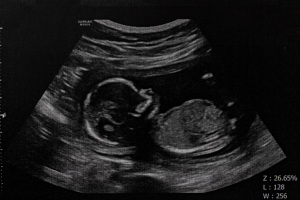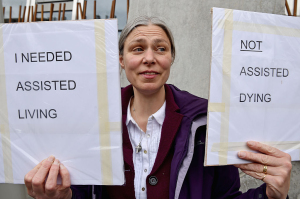Religious Giving Is More 'Recession Proof;' Mormons Give the Most
NASHVILLE – An expert on philanthropy revealed this week that counter to popular opinion, giving to religious institutions has not declined despite the hard financial times.
Dr. Patrick Rooney, executive director of the Center on Philanthropy at Indiana University, sorted through the available statistics, picking out those pertaining to religious institutions and individuals, and shared them during the National Religious Broadcasters convention earlier this week.
One myth he addressed is that religious giving has melted together with the global economy. According to research by the center at Indiana University and others, giving to religious organizations has grown despite the recession, Rooney assured. In fact, "religious giving tends to be more recession proof" than secular philanthropy, he said. Over 15 years, religious giving has grown 1.3 percent per year.
Interestingly, the amounts of donations to religious institutions differ depending on a faith group. Here, Mormons are undeniable leaders. Some 93.7 percent of all Mormon households give something to religious institutions per year, Rooney's 2010 study, "Dispelling Beliefs about Giving to Religious Institutions in the United States," revealed. The Latter-day Saints church members give on average 6.24 percent of their annual income.
"I think as a faith group they are very explicit about their tithing and they take it more seriously, including personal conversations about 'How much you gave?' 'How much you made?' and 'Are you putting your fair share?'" Rooney said. Such openness has a "very powerful effect," he suggested.
Rooney's study shows that people of various Christian denominations and various religions in general do give differing amounts to religious institutions. The number of people who give differs as well. For example, 64.4 percent of Baptist households are offering such gifts, whereas 88.3 percent of Jewish households, 73.7 of Catholic households and 69.9 percent of Muslim households.
Another philanthropy myth that Rooney disproved is that the poorer people tend to give more to religious institutions.
Research shows that 32.3 percent of people who make $50,000 a year or less give to religious organizations. People making between $50,000 and $100,000 are apparently significantly more likely to give (50.7 percent of them do), followed by earners of $100,000 or more, as some 58.4 percent of them donate to religious organizations. That is proof that the rich are actually more likely to be charitable than the poor, Rooney claims.
However, it is worth pointing out that the research assembled by Rooney also shows that the lower income earners, where the richest are those who make $50,000 a year, give on average a sum of $1,265, whereas the top group, where the poorest make at least twice as much and the range climbs way up, only give twice as much, with $3,049 being the average sum.
On average, the "high net worth" Americans – targeted by the Occupy Wall Street movement – only gave some 27 percentage points more to religious institutions in 2009 than the "general population," which makes incomparably less, according to the 2010 Bank of America Study of High Net-Worth Philanthropy. The study was conducted among people with "household income greater than $200,000 and/or net worth (excluding the value of their residence) of at least $1,000,000. The average wealth of respondents was $10.7 million. Half of those who responded had a net worth between $3 million and $20 million."
In 2009, gifts to religious institutions were first on the spending list of the "general population" members, and fourth on the spending list of "high net worth" individuals, after "basic needs," education and arts, according to the same study.
Numbers seem much less ambiguous when it comes to giving by people with different levels of education. The more educated a person, the more he or she is likely to make a gift to a religious institution at all, starting with people with a high school diploma (36 percent of them are likely to make a donation) and growing through college graduates with a Bachelor's degree (52.7 percent are likely to give) up to those with graduate degrees (56.9 percent).
"Education seems to have a positive effect on religious giving, regarding being a donor and the amounts donated," Rooney stated.
The giving levels by ethnicity are extremely tricky though, he said, as the giving potential is tied rather to one's income than to one's ethnicity. A white and black family with similar incomes are likely to give similar amounts, he said.





























